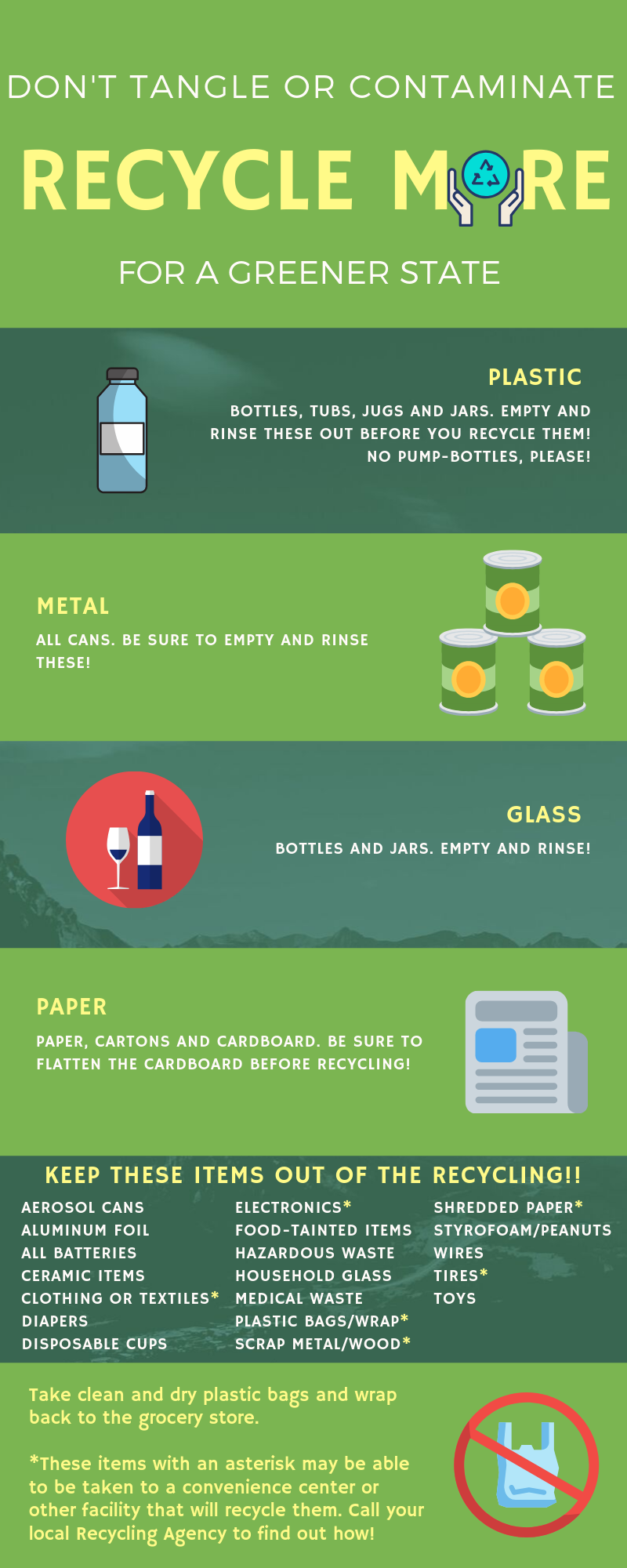Discover The Keys To Selecting The Appropriate Dumpster Dimension For Your Task, Making Certain Both Effectiveness And Expense Savings In This Extensive Guide
Discover The Keys To Selecting The Appropriate Dumpster Dimension For Your Task, Making Certain Both Effectiveness And Expense Savings In This Extensive Guide
Blog Article
Web Content By-Swain Hahn
When embarking on a task that calls for a dumpster, the size you pick can considerably influence its performance and cost-effectiveness. Imagine having the best container that fits all your waste without being excessively large or also small. All of it beginnings with comprehending the nuances of your job and selecting a dumpster dimension that straightens with your details demands. So, before just click the next document decide, consider the variables at play to make certain a smooth waste monitoring procedure throughout.
Aspects to Take into consideration
When choosing the right dumpster size, there are several essential aspects to take into consideration.
Initially, consider the kind of waste you'll be throwing away. Different materials might need varying quantities of room, so understanding what you'll be putting in the dumpster is essential.
Next off, examine the amount of waste you anticipate to produce. If you undervalue the quantity, you may need to make multiple journeys to throw away whatever, which can be bothersome and costly. On the other hand, renting a dumpster that's too large can lead to unneeded expenditures.
Furthermore, consider the area where the dumpster will be placed. Guarantee there's enough space for the dumpster to be delivered and grabbed with no blockages.
Last but not least, think of any kind of weight constraints that may use. Going beyond the weight restriction can cause extra fees and even the refusal of service.
Dumpster Size Alternatives
For selecting the appropriate dumpster size, it's important to have a good understanding of the available choices. Dumpster dimensions typically vary from 10 to 40 cubic backyards, with variants in between.
A 10-yard dumpster is suitable for tiny tasks like a garage cleanout or a tiny restoration. If you're tackling a medium-sized project such as a cooking area remodel or a basement cleanout, a 20-yard dumpster might be the best choice.
For bigger jobs like a whole-house renovation or business building, a 30 or 40-yard dumpster could be better to suit the quantity of waste created.
When choosing a dumpster dimension, think about the quantity and sort of particles you anticipate to take care of. It's much better to choose a slightly larger size if you're unclear to prevent overfilling. Remember, it's more cost-effective to lease a dumpster that fits your demands instead of needing to get an extra one.
Matching Size to Job
Optimally matching the dumpster size to your task is critical for efficient waste administration. To figure out the right size, consider the scope and nature of your job.
For little home cleanouts or remodellings, a 10-yard dumpster might suffice. These are generally 12 feet long and can hold about 4 pickup lots of waste.
For bigger tasks like remodeling multiple spaces or cleaning out a big estate, a 20-yard dumpster could be better. These are around 22 feet long and can hold roughly 8 pickup truck lots.
If you're tackling a significant building job or industrial remodelling, a 30-yard dumpster could be the very best fit. click over here now have to do with 22 feet long and can accommodate regarding 12 pickup lots of particles.
Matching the dumpster dimension to your job ensures you have enough space for all waste products without overpaying for extra ability.
Conclusion
To conclude, selecting the right dumpster dimension for your task is crucial for effective waste disposal. By considering factors like the type and quantity of waste, area availability, weight restrictions, and spending plan restraints, you can guarantee you have the appropriate size dumpster for your demands. Ensure to match just click the up coming page of the dumpster to the range and nature of your task to prevent overspending on unnecessary costs.
